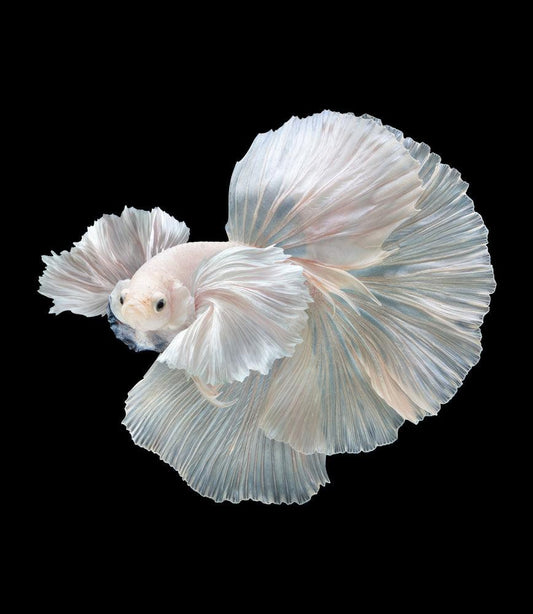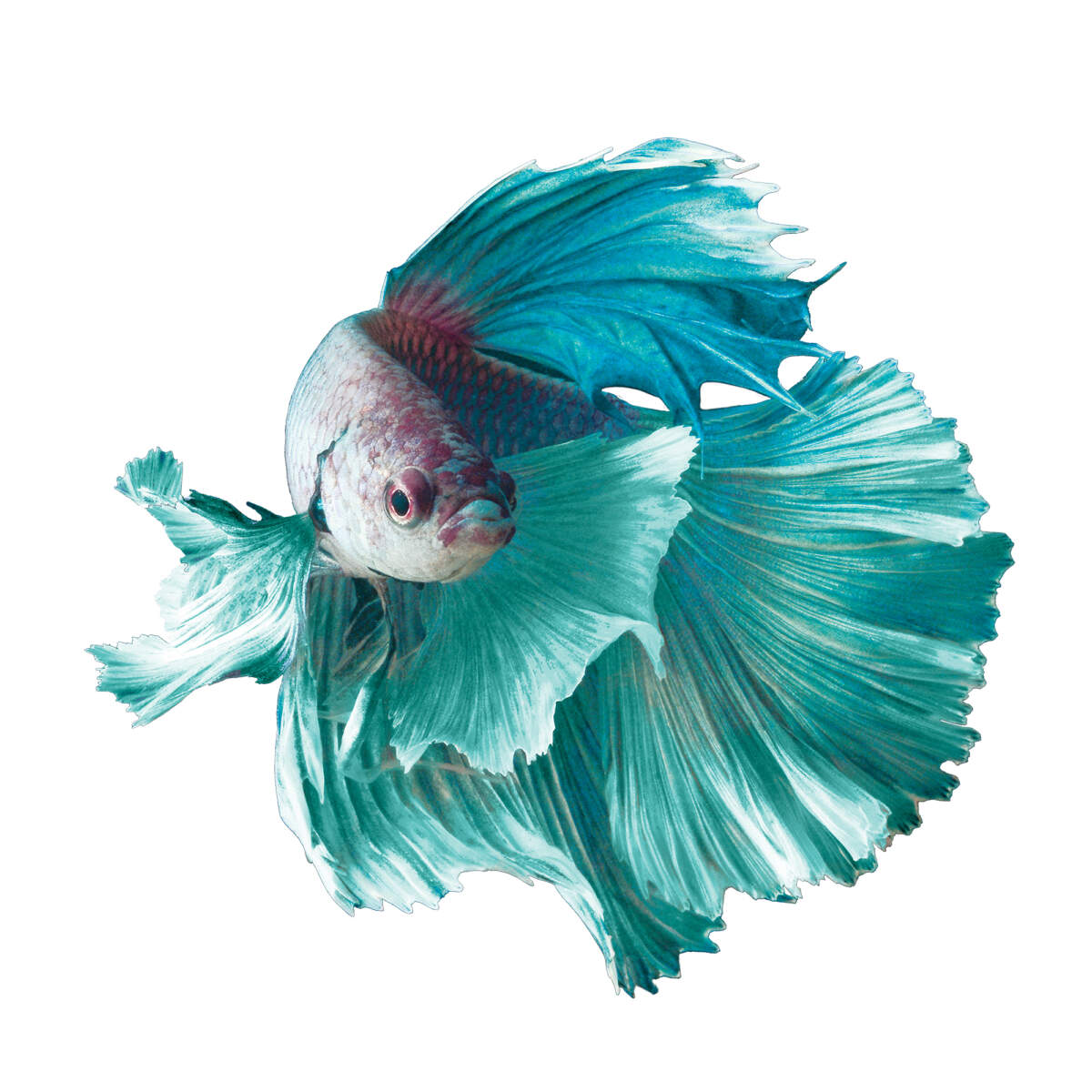How to Create the Perfect Betta Fish Environment in your home
How to Create the Perfect Betta Fish Environment in your home
Blog Article
Exactly How to Breed Betta Fish Successfully: Specialist Methods and Insights for Hobbyists Looking to Broaden Their Betta Collection
Breeding Betta fish needs a nuanced understanding of genetics and environmental conditions, making it vital for enthusiasts to approach the procedure with both diligence and care. Creating an optimum reproduction environment, picking the right pairs, and observing the complexities of their courtship habits are foundational steps that can dramatically influence the end result.
Recognizing Betta Fish Genetics
Recognizing the genetics of Betta fish is important for successful breeding, as it affects attributes such as color, fin form, and actions. Betta fish show a varied range of colors and patterns, largely figured out by their hereditary makeup.
In addition to coloration, fin morphology is one more significant facet of Betta genes (betta fish). The form and size of fins are affected by various genetics, consisting of those that identify whether the fins are short, long, or veil-shaped. Recognizing these hereditary variants aids breeders forecast the phenotypic results of their children
Furthermore, behavioral qualities such as aggressiveness and territoriality can likewise be affected by genes. These behaviors play a vital function in the reproducing procedure, as they can impact spawning success and the general personality of the resulting fry. By thoroughly recognizing these genetic principles, breeders can make educated choices, eventually boosting their breeding programs and achieving preferable results.
Preparing the Breeding Atmosphere
Creating an optimal reproduction setting is crucial for the successful recreation of Betta fish. The primary step in preparing this atmosphere is to select a proper breeding tank, ideally ranging from 5 to 10 gallons. This dimension permits sufficient swimming room and the facility of territories. The tank needs to be equipped with a heating unit to keep a secure temperature level between 78 ° F and 80 ° F, which is crucial for motivating spawning habits.
Following, take into consideration the use of a sponge filter or an air rock to provide mild water circulation without producing strong currents that can stress the fish. It is important to set up plants or reproducing cones to use hiding places and promote comfort for the lady throughout the spawning procedure. Floating plants, such as Java moss or water sprite, can also create an extra natural surroundings while promoting bubble nest structure by the male.
Before introducing the reproducing sets, ensure the water is conditioned and devoid of dangerous chemicals, such as chlorine or heavy metals. betta fish. Normal water modifications ought to be conducted to preserve ideal water top quality, enhancing the opportunities of successful reproduction. With these prep work in position, the breeding setting will certainly sustain the health and wellness of both Betta fish
Picking Breeding Pairs
Choosing the best breeding pairs is essential for achieving successful Betta fish recreation. Healthy and balanced Betta fish exhibit vivid shades, clear eyes, and energetic index behavior.
Temperament is another crucial consideration, as Betta fish are understood for their aggressive nature. It is a good idea to choose a male and female that display compatible characters to minimize tension during the breeding procedure. A tranquil male can urge a smoother courtship, while a female that is too aggressive might interfere with the process.
Genetic history likewise plays a significant function in the high quality of the offspring. Reproducing fish that are genetically diverse can lower the danger of hereditary wellness problems and enhance the general vitality of the fry. It is valuable to research the lineage of both the male and female, concentrating on desirable traits such as fin kind, color scheme, and size.
The Breeding Process
The reproduction process of Betta fish calls for cautious preparation and attention to detail to make sure an effective result. Initially, it is essential to prepare an appropriate breeding container, preferably a 5-10 gallon fish tank with a temperature level maintained at 78-80 ° F. The storage tank should be equipped with a heating unit, filter (ideally sponge kind to stay clear of solid currents), and a lot of water plants for the female to conceal.
When the environment is established, present the picked breeding pair to the tank, allowing them to accommodate. Observe their behavior; the male will present elaborate courtship rituals, including flaring his fins and building a bubble nest. If the lady reveals passion, link she will display upright red stripes indicating preparedness for spawning.
When the lady is receptive, the pair will certainly involve in a breeding welcome, throughout which the male fertilizes the eggs. Keeping optimal water conditions throughout this period is vital for the development of healthy Betta fry.
Caring for Betta Fry

Feeding Betta fry is critical, as they require a diet plan high in view it now healthy protein. They can be fed infusoria or liquid fry food, transitioning to finely crushed high-grade pellets as they expand. Feed little sections multiple times a day to motivate healthy development without overwhelming the container with uneaten food.

As they mature, check their development carefully and divide any hostile individuals to prevent damage. By offering a nurturing atmosphere and correct nutrition, enthusiasts can efficiently increase Betta fry right into dynamic, healthy fish, eventually boosting their reproduction ventures.
Conclusion
Successful Betta fish breeding requires careful focus to hereditary selection, ecological problems, and treatment for the fry. By recognizing the genes of Betta fish and preparing a proper reproduction setting, enthusiasts can boost the chances of producing vivid, healthy and balanced children.
Report this page